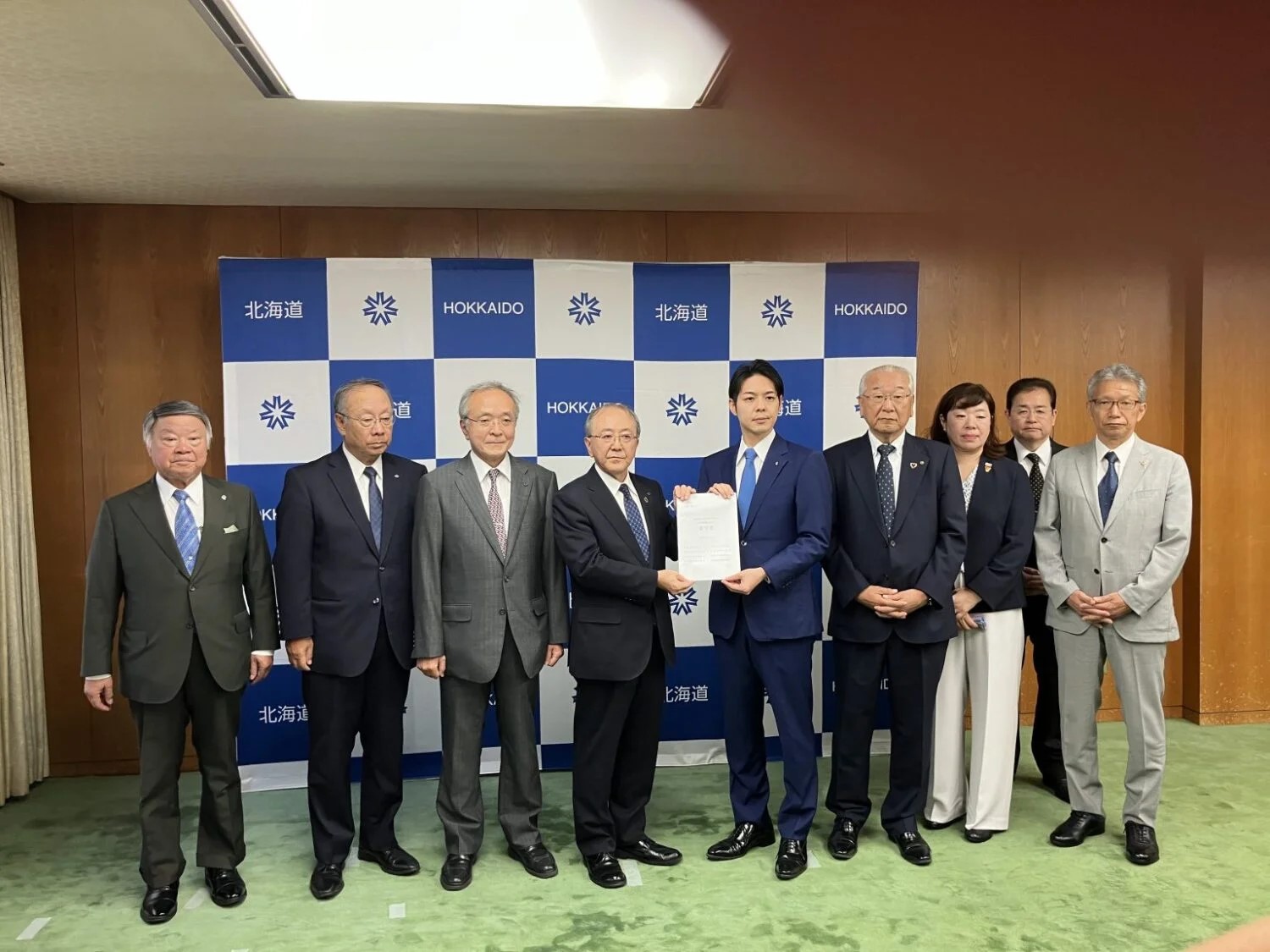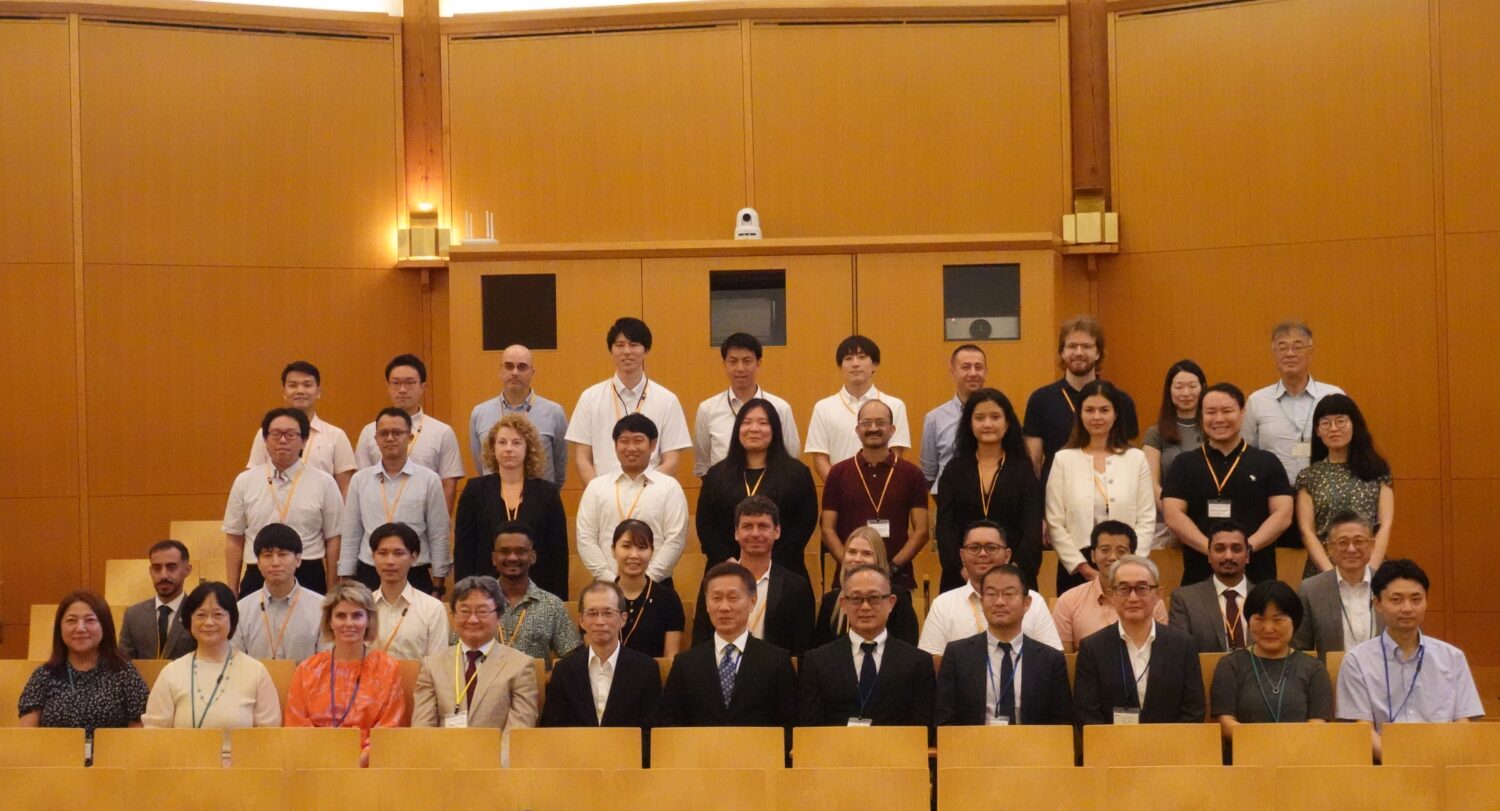After the accident at the Fukushima Daiichi in March 2011, the Japanese government amended the law pertaining to the regulation of nuclear source materials, nuclear fuel materials and reactors (the so-called Reactor Regulation Law) to provide that the service period for nuclear power plants would in principle be four decades, with the possibility of a single two-decade extension determined on an individual basis. Kansai EP’s applications are the first for such extensions beyond the normal 40-year limit.
Takahama-1 reached its 40th year of service in November 2014, and Takahama-2 in November 2015. In December of last year, Kansai EP conducted special inspections at the two units — required to extend the service periods — checking their reactor vessels for defects and other issues (see the article entitled “Special Inspections Start at Units 1 and 2 at Takahama”). The power company decided to apply for the extensions after concluding that there were no important safety problems.
The examinations for which applications were filed this time are specifically for aging deterioration measures. Operation beyond the initial four-decade limit will require additional separate examinations according to the new regulatory standards.
If Takahama-1 and -2 cannot pass the two examinations by July 7 of next year, there are likely to be decommissioned. Last month, the NRA began ordinary examinations of the two units (for which the power company had applied in March), applying the new regulatory standards.
Also on April 30, Kansai EP announced that it would begin a special inspection of its Mihama-3 (PWR, 826 MWe) in mid-May. The unit has already been in service for more than 38 years, and the inspection is a prerequisite to an application to extend its operation beyond the initial 40 years.



-049.jpg)
.jpg)

















